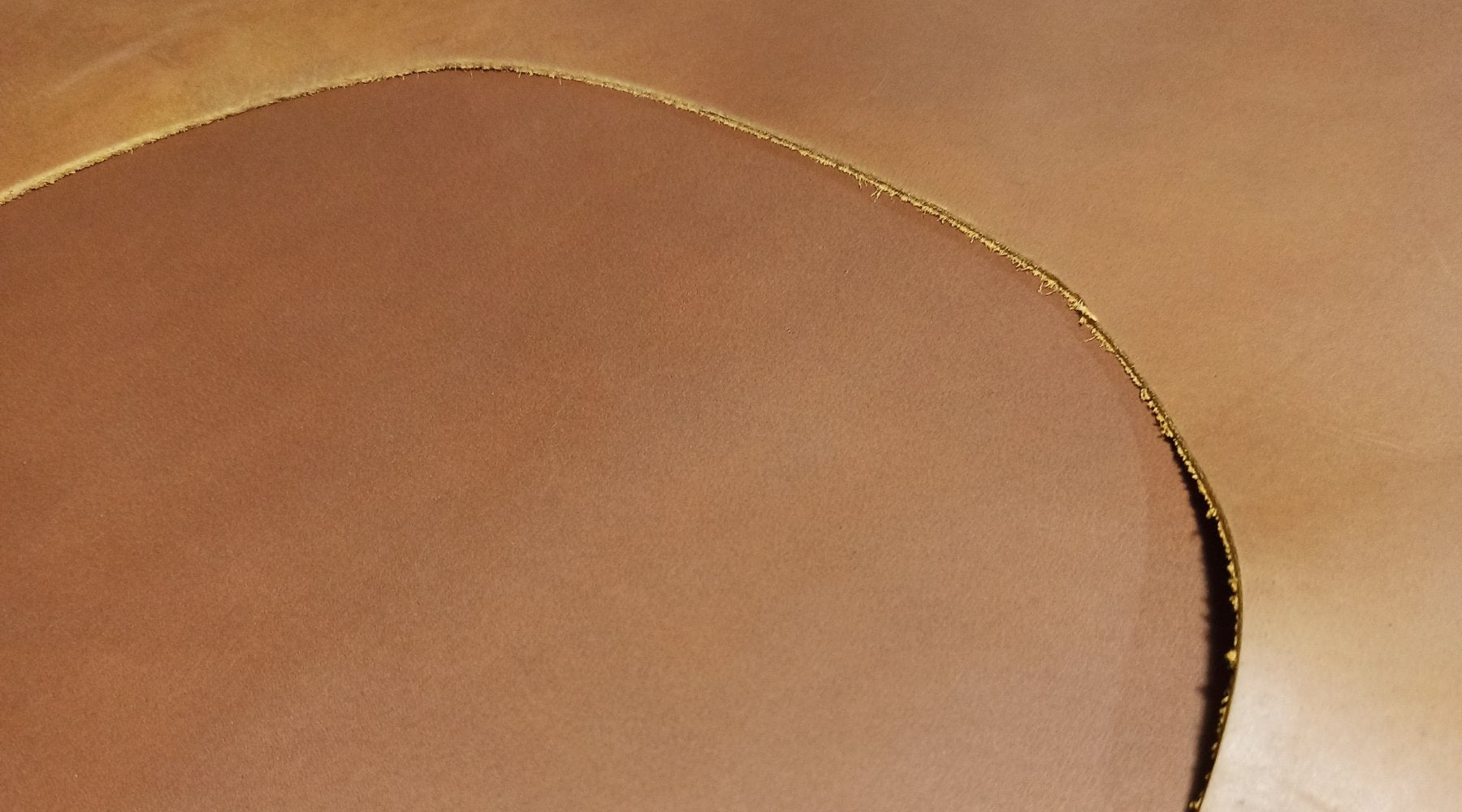
Deciphering Leather: Spotting the Genuine from the Faux
Navigating the world of leather goods can often be tricky, especially when trying to distinguish between real and fake leather. For a layman, it is almost impossible to tell the difference merely by looking at the leather. This guide is designed to empower you with knowledge and practical tips to make informed choices.
Introduction: Understanding Leather Authenticity
Leather has been a staple in fashion and upholstery for centuries. Its authenticity not only affects quality and value but also has strong ethical and environmental implications. Unfortunately, leather has many synthetic alternatives which look very close if not exactly like the real thing and, therefore, knowing how to identify genuine or real leather has become even more important. (Note the term "genuine leather" has now itself come to signify inferior leather which is not entirely authentic. Thus, when you see the term "genuine leather" written on a product, it is safe to assume that it is not of the best quality.)
Visual Inspection: The First Line of Defense
The Smell Test: The Scent of Authenticity
One of the first tests anyone can do to tell if the leather is real or not is the smell test. Real leather has a distinct, rich smell that is hard to replicate. Faux leather often has a chemical or plastic smell. Trust your nose—this can be one of the most telling tests.
Texture and Pores
Moving on, it is important to take a closer look at the product in front of you. Real leather boasts a unique texture with irregularities and pores, reflecting its natural origin. In contrast, fake leather often appears overly uniform and can sometimes have a plastic-like feel. It is also way harder to spot pores in fake leather due to the final coat of chemical sealants and dyes.
Edge Appearance
Examine the edges of the product closely. Genuine leather typically has a rougher, more natural (hairier) edge, whereas synthetic leather usually has a smooth, even edge that looks more like plastic.
The Tactile Test: Feeling the Difference
Temperature and Flexibility
Real leather adjusts to the room temperature and feels warm against the body. It is also typically softer and more pliable. In contrast, synthetic leather feels cold and rigid.
The Crease Test
Gently bend the leather; genuine leather will crease naturally. It may also change color (become lighter from where it is stretched) depending on the finish. Meanwhile, fake leather may either crease unnaturally or not at all.
The Water Absorption Test
Real leather is porous and will absorb a small drop of water quickly. Be careful as it may leave a permanent stain depending on the the type of leather and finish used. If the water sits on the surface or takes a long time to absorb, it’s likely synthetic.
Burn Test: A More Extreme Method
This last test is definitely one no seller would allow you to perform. In a safe setting, hold a flame to the leather for a few seconds. Real leather will char slightly and smell like burnt hair, while fake leather will catch flame and smell like burning plastic.
Durability and Aging: A Test of Time
Patina Development
Over time, real leather develops a unique patina, enhancing its beauty. This process is the fastest in full-grain, aniline and vegetable-tanned leathers. Faux leather, on the other hand, can crack and deteriorate over time. Ever noticed flaking on the surface of seemingly expensive designer bags, occurring anywhere between six to 12 moths of use? Yeah, that's because they are made from faux leather, PU or even raxine.
The Price Point: A Helpful Indicator
While not always foolproof, the price can be a strong indicator of leather quality. Real leather typically commands a higher price due to its quality and durability and even within that there are many grades. At the same time, however, a lot of expensive designer and fast-fashion brands end up use faux or synthetic leather in their products for its initial appearance and to cut cost.
Final Thoughts: An Informed Decision
As you may have realized by now, buying leather goods can be complicated. For those not interested in learning the technicalities of identifying real and fake leather, it is important to buy from a trusted seller or brand—which there are plenty of including Bear Necessities. For those who are interested in getting their feet wet in the world of leather and more concerned about their choices aligning with their preferences, be it for ethical, quality, or environmental reasons, the tips and information given in this blog will come in handy.

